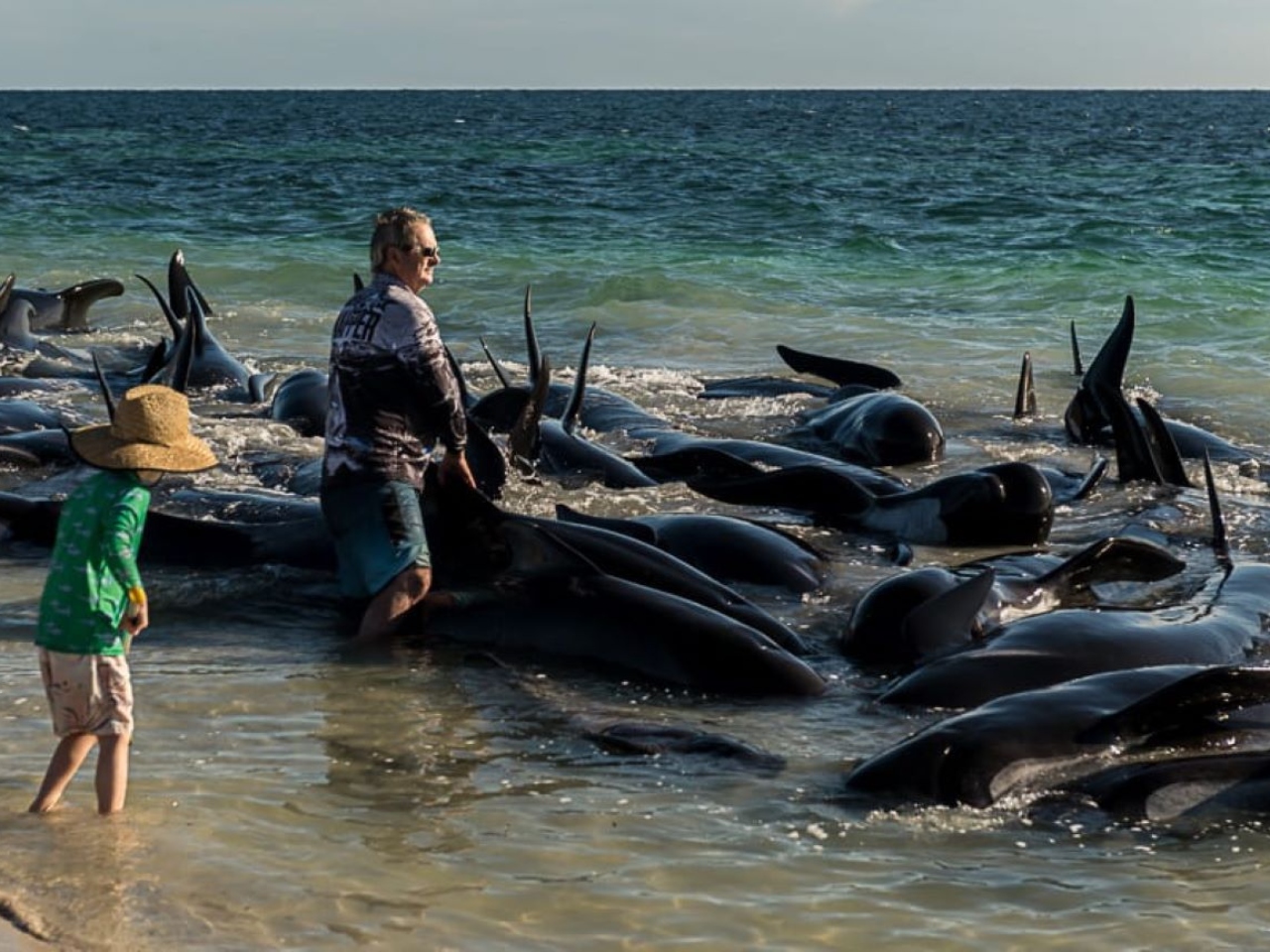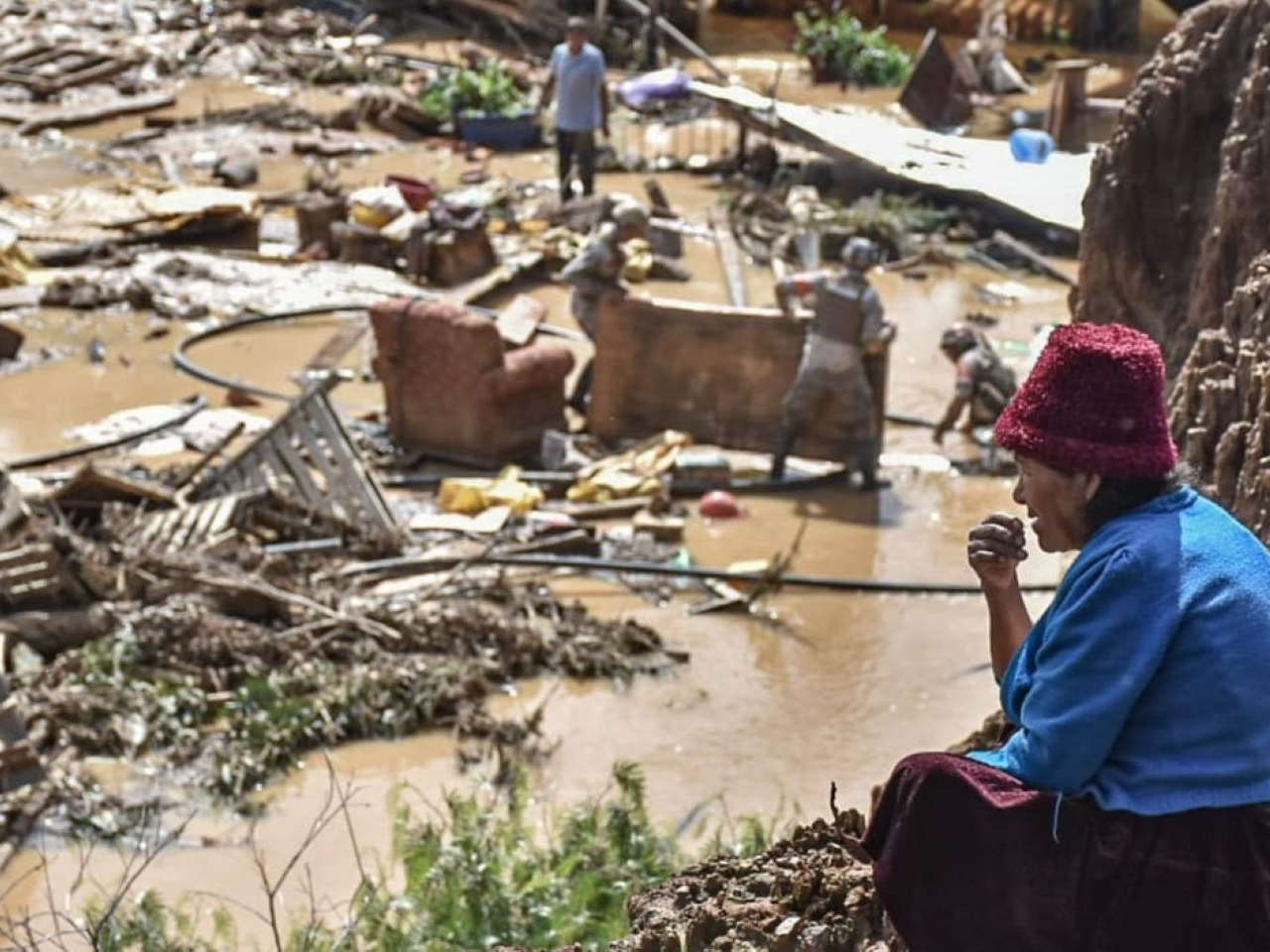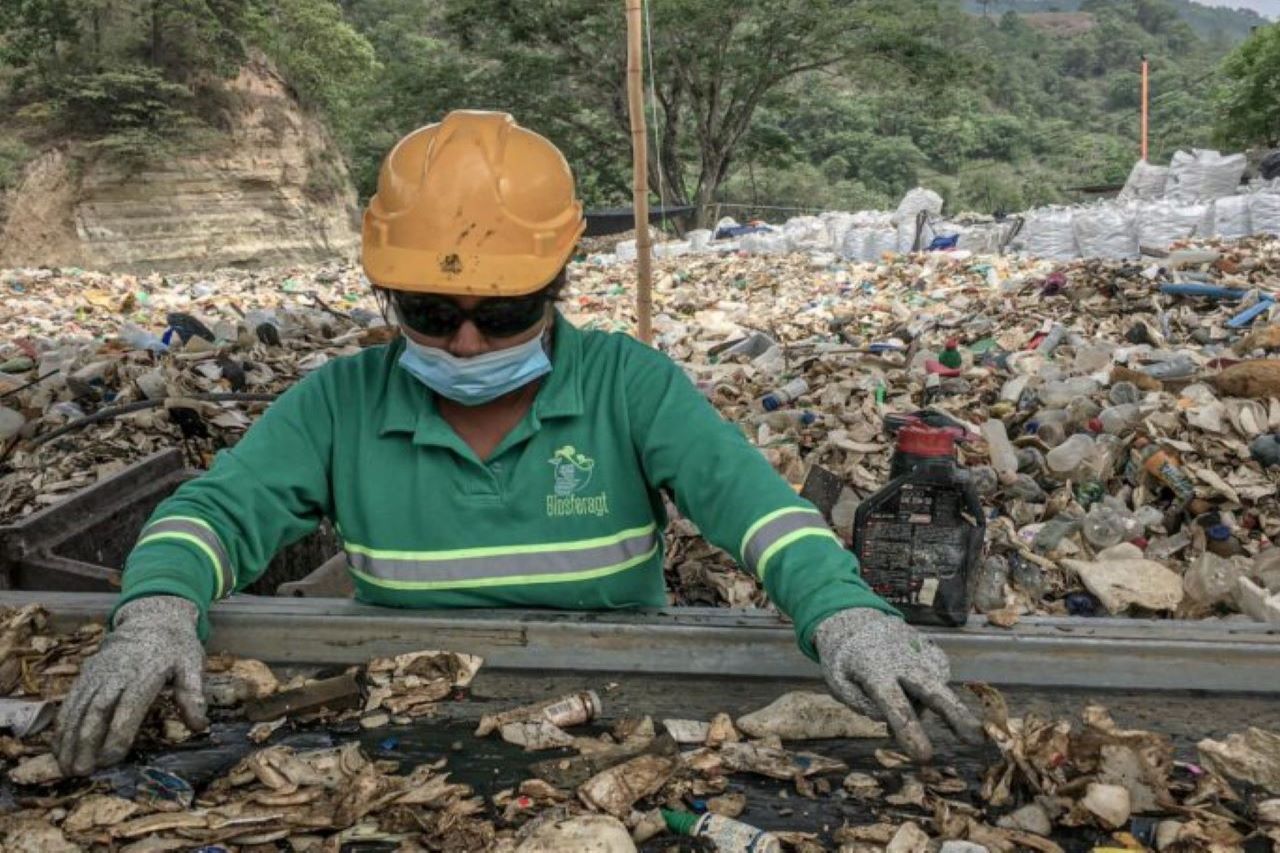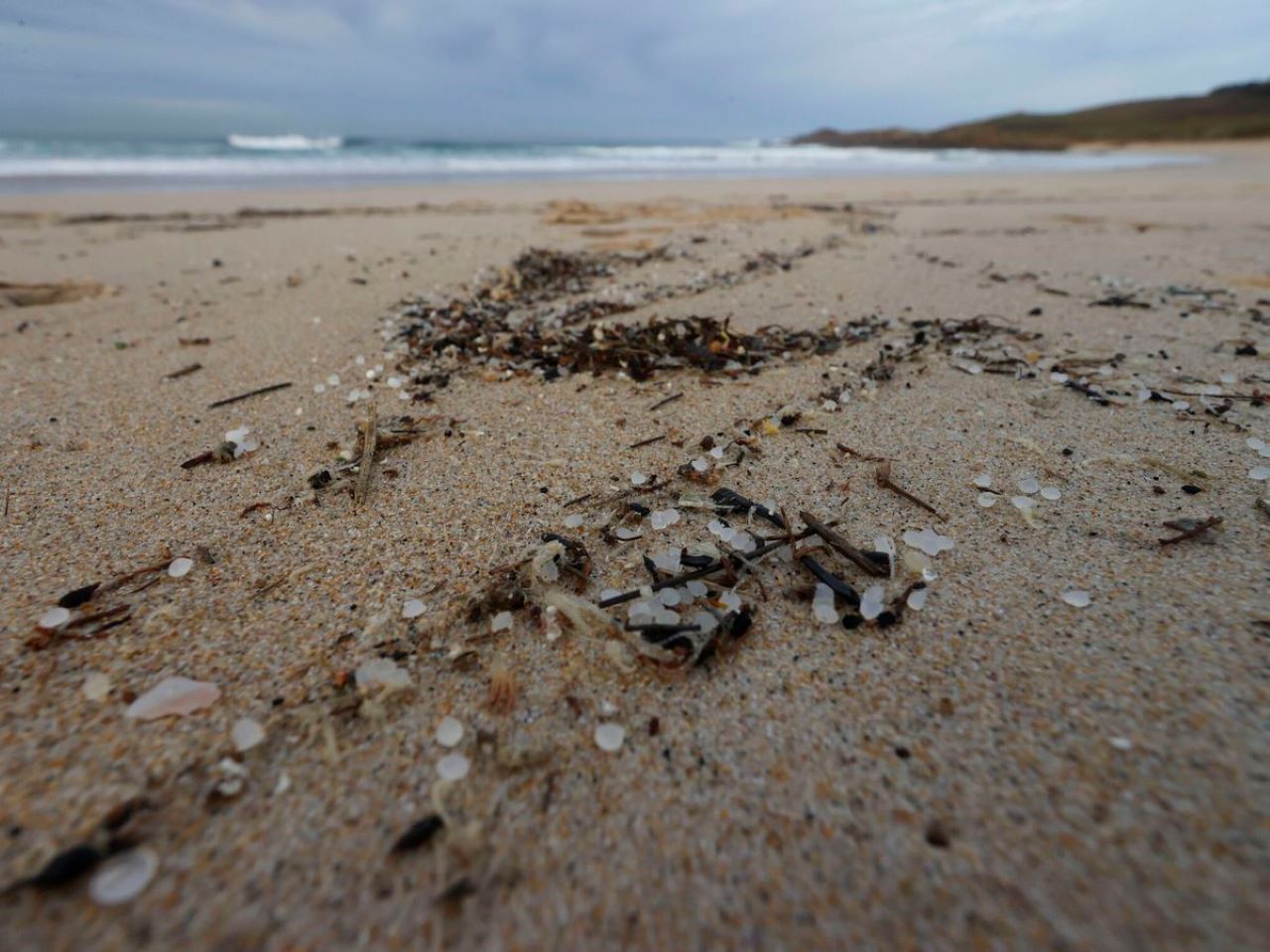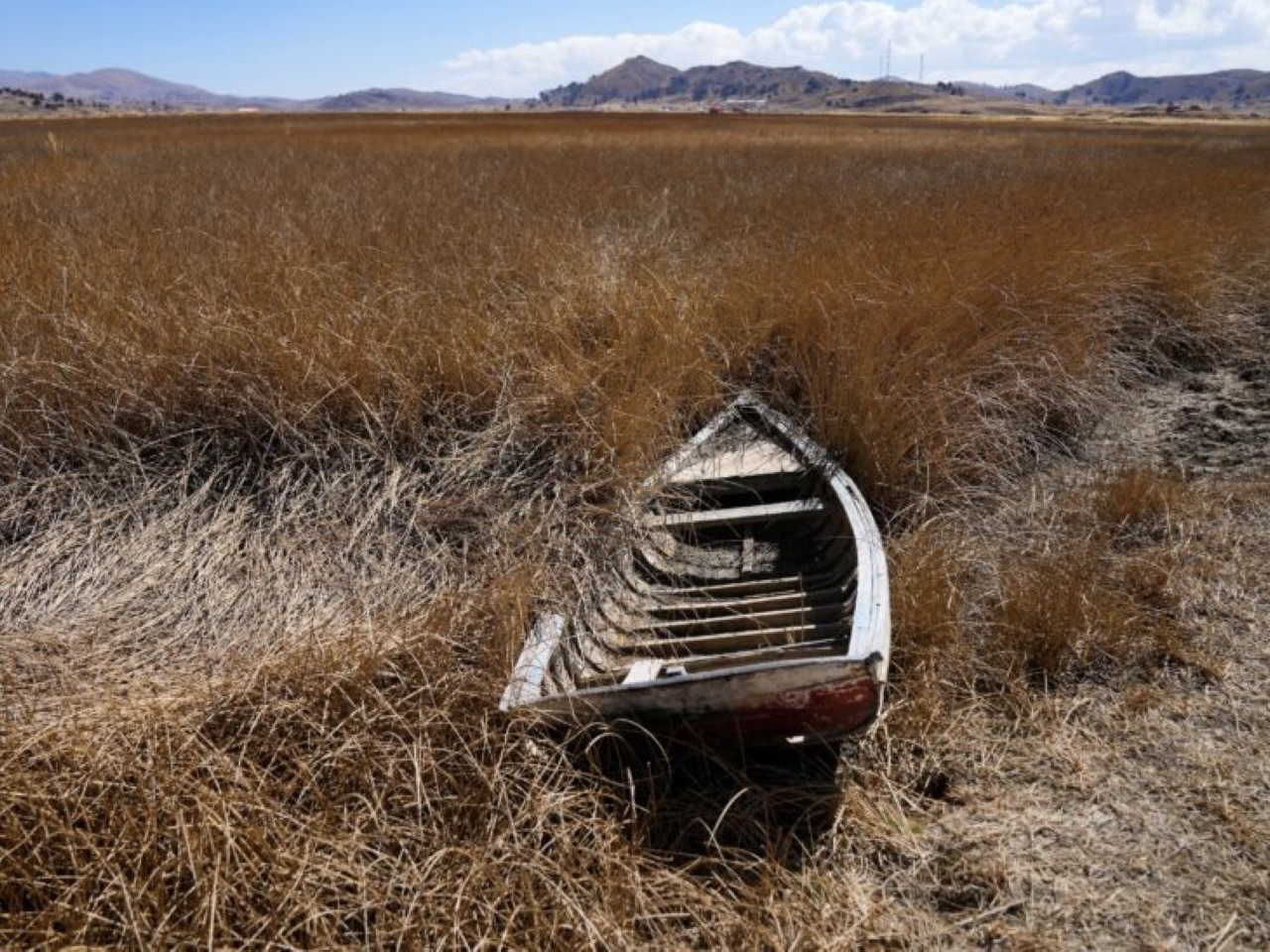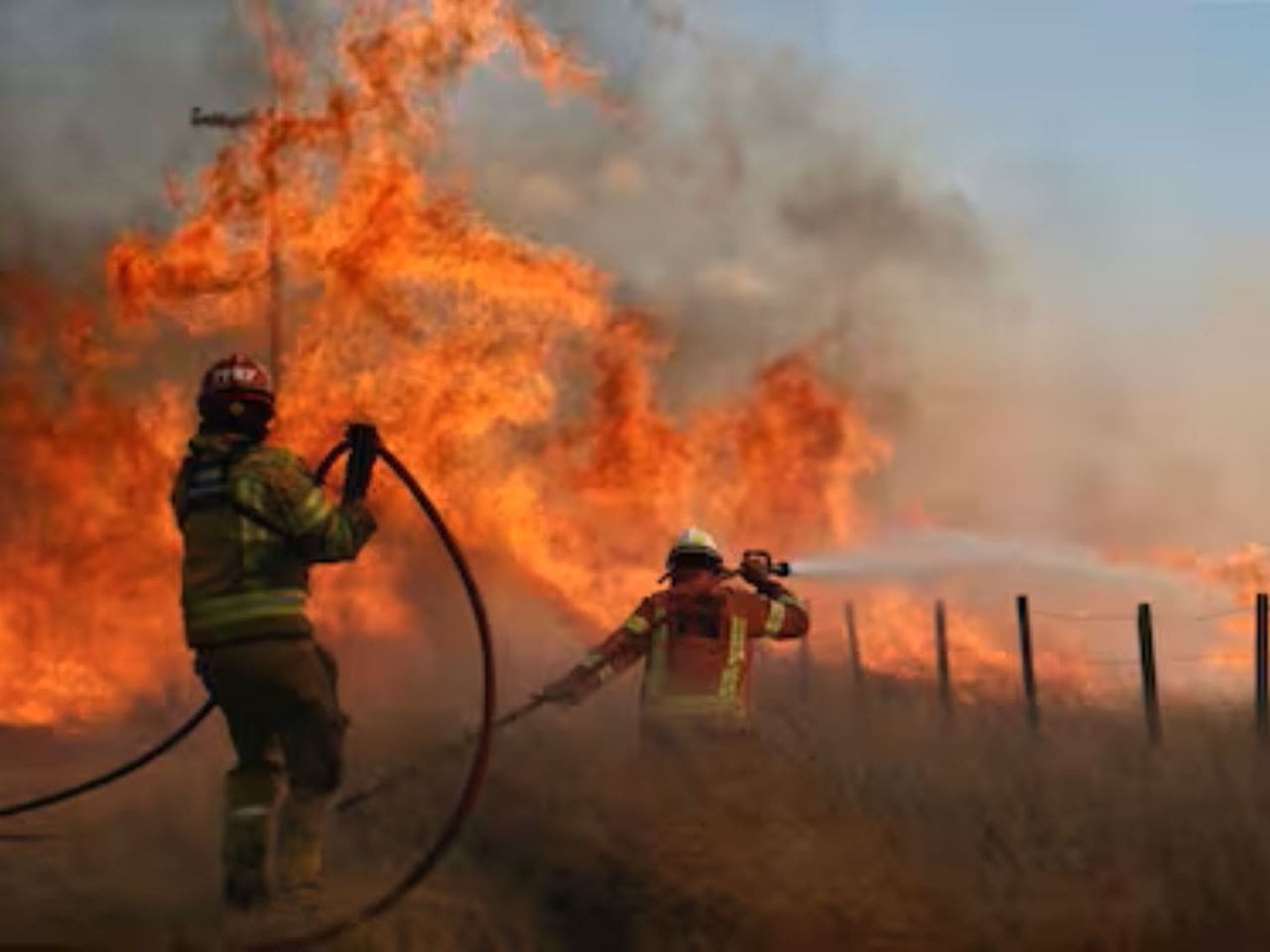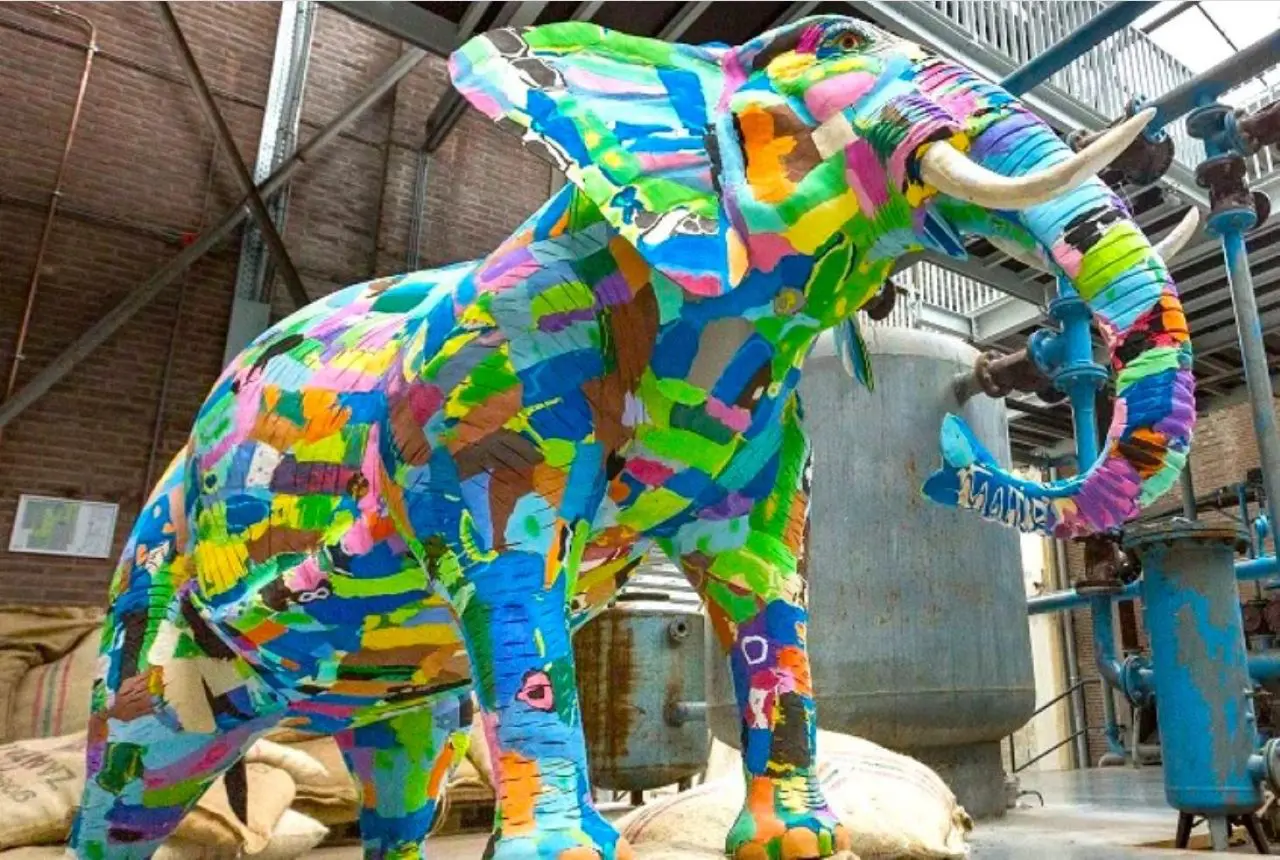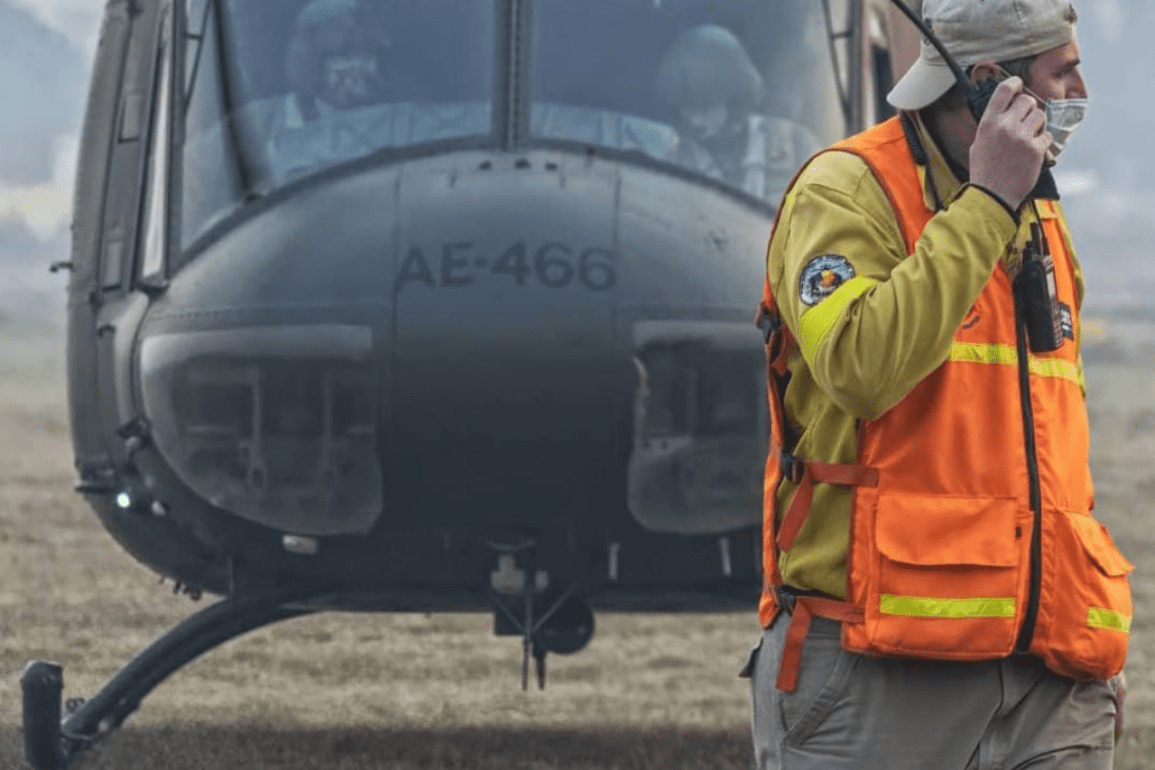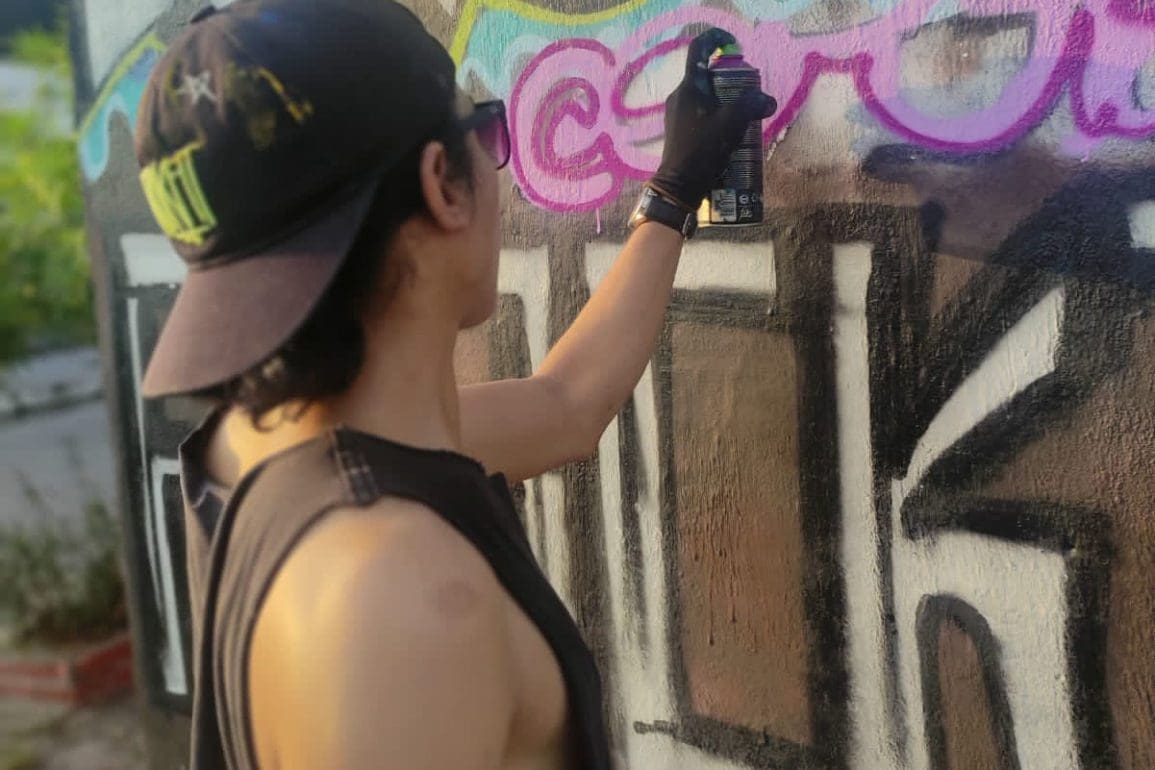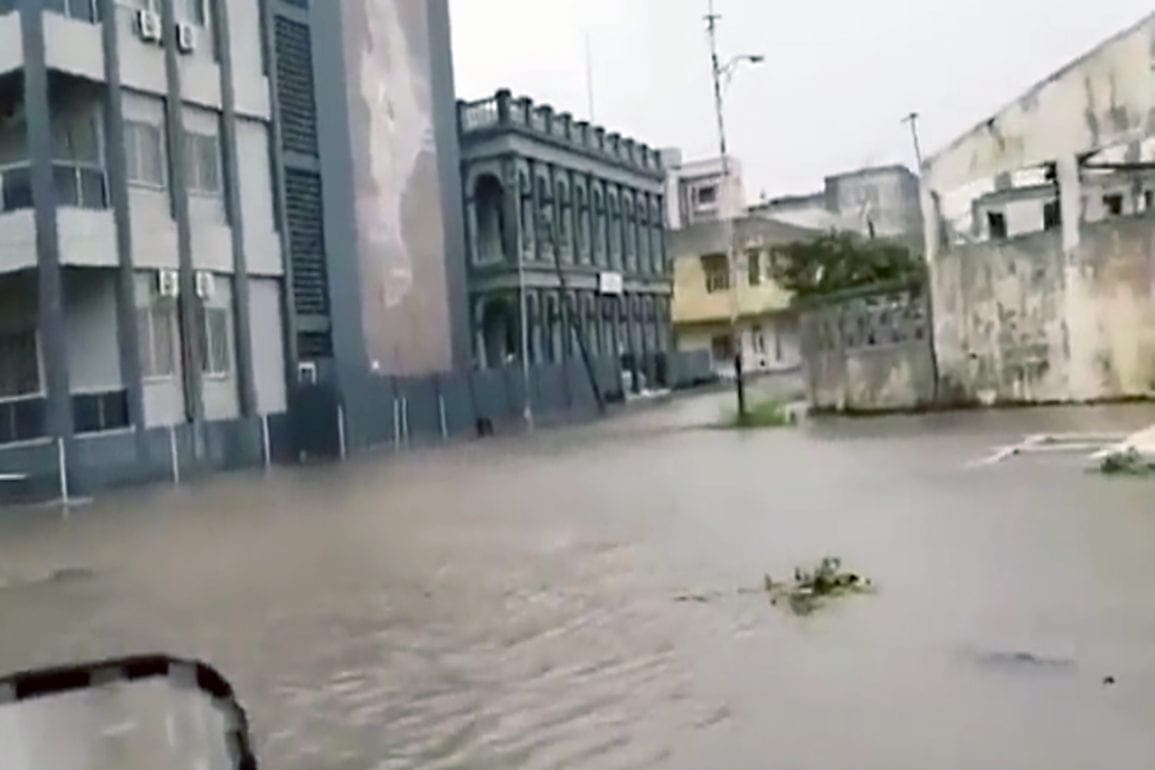Seedballs Aim to Curb Deforestation in Kenya
In this Instagram generation, everything is so fast and so quick. You want your tree to be 10 feet tall by morning. However, nature moves at its own pace, and growth takes a little longer.
- 4 years ago
March 11, 2022
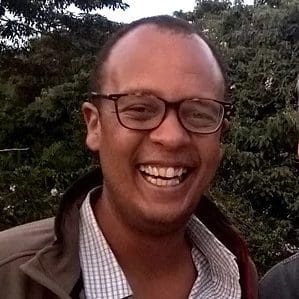
NAIROBI, Kenya—I was delivering tree seedlings one morning from Nairobi County to Narok County. The two are 108 kilometers (67 miles) apart. While on route, my vehicle overheated and broke down on my way to Narok.
The tree seedlings were in heavy plastics bags full of dirt—the weight of them had caused my mechanical problem. As I had to deliver on my contracted duty, I went ahead and bought a new engine in the end.
The experience made me wonder: why are we carrying tons of soil halfway across the country when what people wanted was trees? I wondered why I was carrying tons of soil halfway across the country when people just want trees.
In my mind, it makes no sense to continue polluting the same environment you are trying to conserve. The costly and time-consuming process of transporting the bulky seedlings to various destinations was too much effort for many. It was actually inhibiting reforestation efforts in a country already depleted when it comes to forest cover.
That’s when I decided to come up with an idea to make it easy and convenient to plant trees in Kenya.
Seedballs Kenya is born
I joined forces with my friend Elsen Karlstad, who works with recycled charcoal dust. Together, we found a solution to restore the country’s depleted forest: seedballs, seeds that are coated with charcoal dust to protect them as they germinate.
The research process to identify the right seeds to use in our reforestation drive was rigorous. However, learning more about the environment and plant-animal interactions in Kenyan ecosystems is truly a pleasure and endlessly fascinating.
We finally settled on using indigenous species, especially acacia varietals, which are mostly felled for the quality of its wood. In addition, we decided to work with the Kenya Forestry Research Institute (KEFRI) to manufacture indigenous tree seeds, so they would have the best chance to survive.
Simply put, we are giving Mother Nature a helping hand by protecting the seeds from predators and sun until the appropriate natural environmental conditions trigger germination.
What is a seedball?
They may appear to be animal dung, but the seeds’ charcoal dust coating helps protect them from animals and harsh climatic conditions. Seedballs can sit on the ground for months or a year without deteriorating—then they will be able to germinate once it rains.
This idea is not entirely new; in ancient Egypt, they used mud to coat seeds in a similar process. The essence is to give the seed survival space. As the trees grow, their roots will help to anchor them to the soil.
The dust used to coat the seeds is a byproduct of the charcoal industry, which itself is a driver of deforestation.
Spreading seedballs and spreading hope
Millions of seeds have been planted, with the distribution mechanism being the interesting part of the initiative. The seedballs are light in weight—it’s easy to just throw them away everywhere we see deforestation.
There are so many ways to spread the seedballs. We use helicopters sometimes, but even school children assist; instead of throwing stones in their slingshots, they throw seedballs. They have fun and serve their environment at the same time.
When rangers go out on patrol—either on the ground or in aircraft—they take seedballs with them. If they find a site that has fallen victim to illegal logging, they can match the seedballs they distribute to to same species that have been cut down.
In very wild places, our seedballs see about a 5 to 10 percent success rate. However, in a case where someone is cultivating and actively caring for them, that rate goes up to 40 percent.
I have been able to plant more trees in the last five years compared to that same time frame 20 years ago. The logistics are much easier—instead of needing a truck to transport heavy seedlings, you can carry 100 seedballs in a small box.
The specter of deforestation
Deforestation is widespread in Kenya, but it doesn’t always look how you’d expect.
I have been to sites where it looks like the front lines in a war movie, the smell of wood smoke in the air. But in some places, when low-intensity forest degradation is happening, it’s hard to even notice the selective removal of hardwoods and the gradual changes to species.
In others, the change takes the form of a transition from a highly biodiverse landscape—with thousands of species of plants and animals—to a predominantly mono-cropped area with, at most, a few dozen types of plants and animals.
When I first see a newly deforested area, I always try to firstly think about what has driven this deforestation and then what could be done to stop it. Finally, I think about the most important step: what we can do to start repairing the damage.
It might seem like a battle we cannot win. However, I know there are many other environmentalists out there who are working to preserve and restore where they live. That thought always gives me hope for long-term success in bringing the world together, and for more equitable and sustainable methods of managing our resources and ecosystems.

The biggest challenge is patience
Every time I take tours across the country and see little forests coming up due to the seedballs initiative, I feel jubilated. I know that, step by step, we will make a true change in the environment.
In this Instagram generation, everything is so fast and so quick. You want your tree to be 10 feet tall by morning. However, nature moves at its own pace, and growth takes a little longer.
One of the key lessons we have learnt so far is the importance of site matching the right types of trees or grasses species to the right places. Local community ownership and involvement are also key. Finally, making tree-planting more fun is a huge win for engaging young people in our quest to “green” Kenya. We plan to continue growing like a tree, one branch at a time.
















































